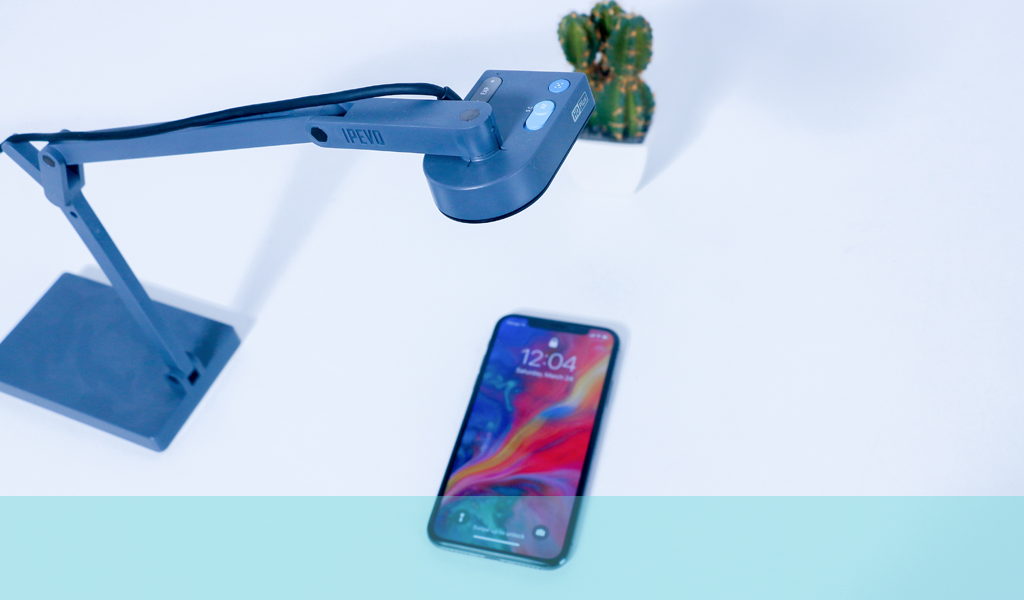
Mobile Usability Testing – 5 tools (and tips) available to anyone
In any industry or business sector, efficiency is a key factor in keeping prices down, while retaining a high standard of quality. The usability and user experience space is no exception, with some agencies using inefficient methodologies, which, in turn, keep the price of services artificially high.
As an organisation, it is possible to cut your own costs by conducting certain elements of usability and user experience testing, in-house. Here are 5 tools available to everybody that can help your mobile products provide a better user experience.
1. Solidify
Solidify is a fast and easy method of prototyping UIs for testing. It allows you to upload and hotlink a series of mock-ups, which are then put through their paces by real users. Test reports provide feedback, allowing you to identify issues and areas where user experience problems may arise. Solidify supports all platforms, so you can test for mobile, tablet or desktop.
Top tip: Start mobile testing at the earliest possible stage. Usability issues can be discovered in the architecture of an interface before a single line of code is even written, just by testing with mocked-up printouts.
2. FiveSecondTest
Users often go with gut feelings, as opposed to thinking decisions through, which means it’s important that they find the solution to a problem, or need, with ease. If it’s not readily available, a prospect may look elsewhere. FiveSecondTest helps you design landing pages that encourage users to make the right decisions, by showing participants a screenshot or mock-up for five seconds only, then asking a series of questions you’ve set. Detailed reports allow you to ensure your message is being clearly communicated.
Top tips: Remain focused on your message. If your page is designed to increase conversion rate, don’t distract prospects with alternative offers, irrelevant information or a confusing UI.
3. Mouseflow
There’s a fast and easy way of recording how a user interacts with your mobile site or app, without the need for external cameras, or physical observation – either of which may subconsciously affect how a user responds. Mouseflow tracks actions, scrolling, keystrokes, and form usage. Generated heatmaps, extremely useful in mobile usability testing, give you valuable insight into user behaviour, and show you where on-page optimisation can be improved.
Top tip: Ensure your mobile site or app is aligned with the user’s intent. Everything from layout to headline to CTA should be tuned to the experience the visitor expects. User experience testing can make sure your design and architecture support this.
4. Feedback Army
It is said that the best results in usability testing can be achieved with no more than five participants. Feedback Army offers a quick method of gauging user experience, by allowing you to submit questions about your product to a small number of remote online reviewers. With a global network of participant available at any time, you can get quick feedback and ensure your mobile or desktop application/website remains on the right track.
Top tip: Assume nothing. What may be second nature to you, isn’t necessarily the same for somebody else. Avoid mobile jargon such as geo-tagging, NFC (Near-Field Communication), or anything else that might cause confusion when setting test tasks or review questionnaires.
5. Treejack
A handy way to prove the information architecture of your mobile site, without the visual distractions that can cloud judgement. Treejack allows you to input the sitemap so that it is rendered in its simplest form as a tree. You then set up tasks for participants to complete, giving you an insight into the usability of your site structure, and providing useful intelligence on where issues may arise.
Top tip: Don’t make the mistake of thinking an internal search engine is ample substitute for a strong navigational structure. Particularly in a mobile environment, users want to reach the information they need quickly, and with the minimum of fuss. Site navigation is the first port of call to achieve this. If it doesn’t cut the mustard, a prospect might decide to look elsewhere, rather than use a search box.
So there you have it. 5 tools that can help you improve mobile usability.
UX24/7 provides usability testing, reviews, and user research services so you can build better mobile apps and websites. To find out more, contact us today!


















[…] [Article] […]
Thanks for the post, In this complex environment business need to present there company data in meaningful way.So user easily understand it .Sqiar (http://www.sqiar.com/) which is in UK,provide services like Tableau and Data Warehousing etc .In these services sqiar experts convert company data into meaningful way.